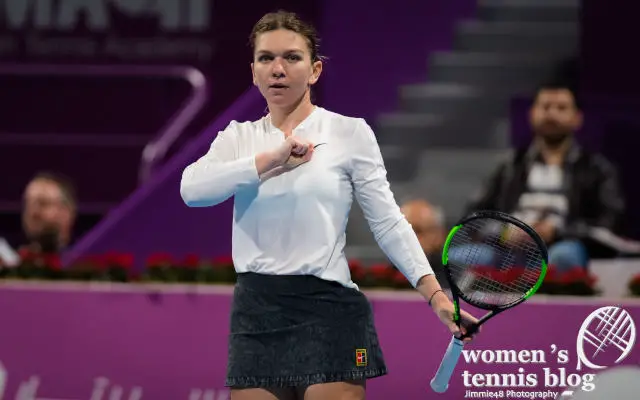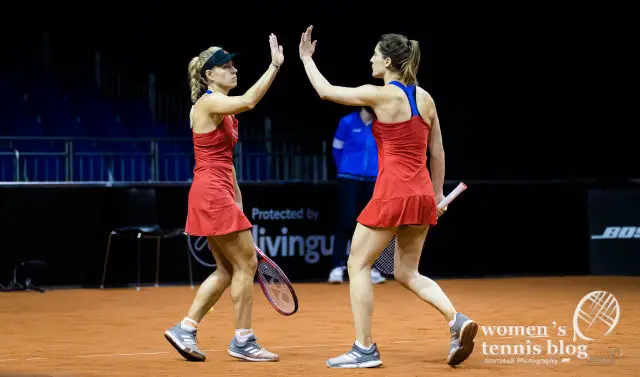Tennis coaches Marcin Bieniek and Will Boucek offer a comprehensive collection of tennis coaching articles. Marcin’s expertise encompasses mental fortitude, training techniques, shot improvement, and post-match recovery. Will specializes in doubles tennis, providing invaluable tips for enhancing your performance. Explore our curated list of tennis coaching articles below to elevate your game to new heights.
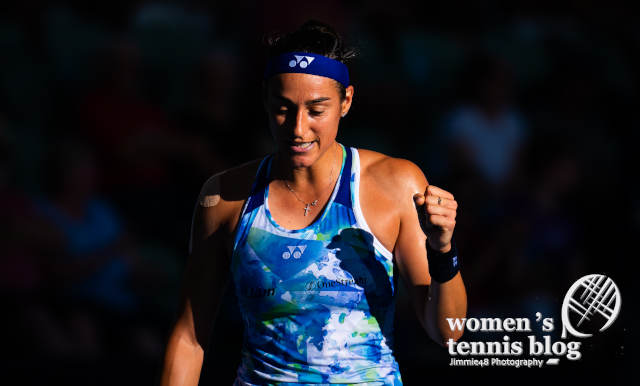
Unlocking success in tennis: The art of proper perspective
Coach Marcin Bieniek explains how to achieve proper perspective to make sure that doubts and unexpected losses don’t limit your chances of achieving success in the future.
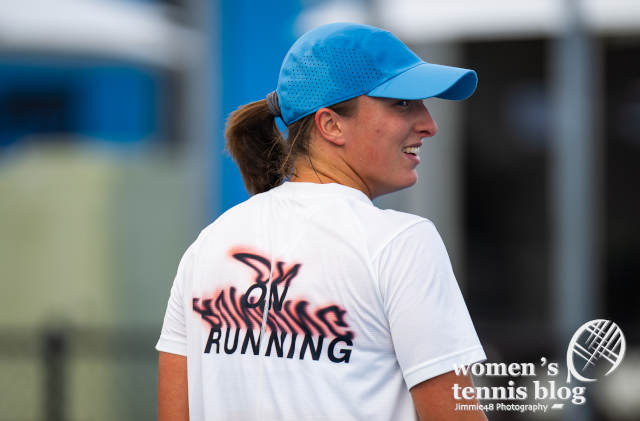
How to analyze the past year for best tennis results
Regardless of the previous year’s triumphs or tribulations, deriving conclusions from those experiences serves as a cornerstone for becoming a more proficient and effective tennis player in the coming 12 months. Coach Marcin Bieniek explains how to analyze and strategize to ensure that past errors do not recur in similar situations.
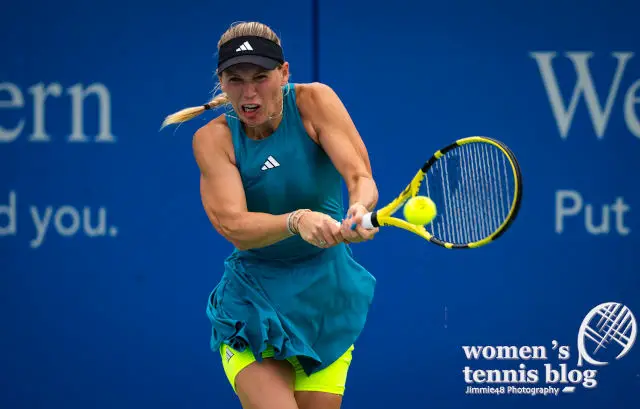
Mastering tactical play: Elevating your tennis game through consistency
Tennis is an intricate sport demanding a repertoire of skills to thrive in competitive scenarios. When one strategy falters, a diverse skill set empowers players to pivot and seize an edge over opponents. Among the myriad tactical elements, consistency emerges as a pivotal factor, wielding the potential to disrupt opponents and dictate the rhythm of the game.
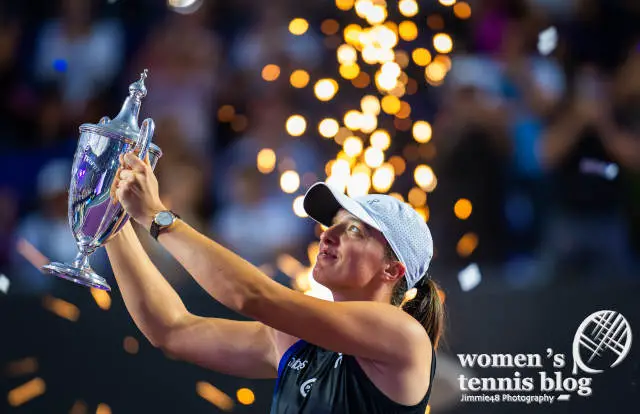
3 areas that distinguish champions from regular tennis players
Discover the winning secrets of tennis champions! Embrace mistakes, focus on personal growth, and unlock consistency for success on the court.
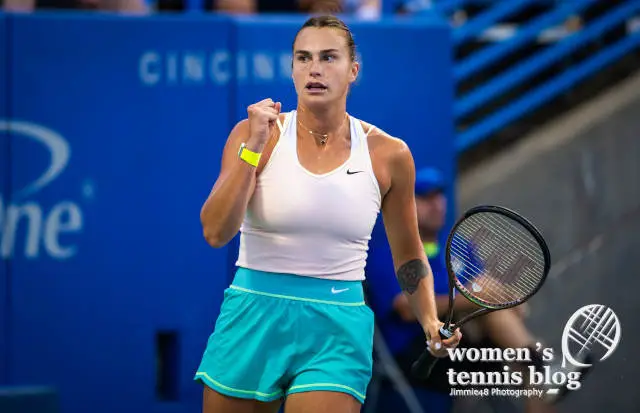
How to practice tennis effectively despite bad mood
Effective practice transcends physical effort; it demands unwavering mental commitment. Mood can oscillate, influenced by various factors such as weather conditions, quality of sleep, or personal relationships. Discover expert strategies to practice tennis effectively even on low-mood days.
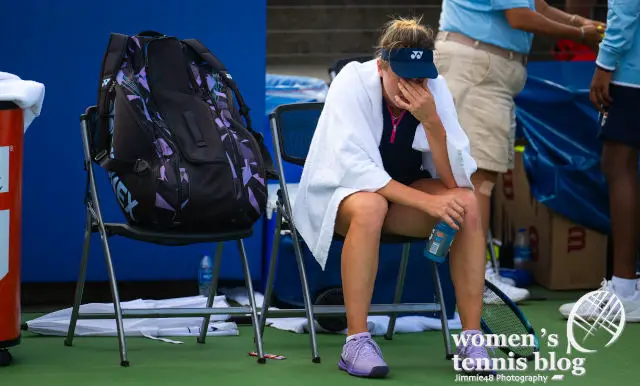
Self-talk traps that sabotage your tennis game
The “You Suck!” trap, “It’s Not Fair!” game, “I Can’t Do This!” mindset are self-talk traps that tennis players get into. Coach Marcin Bieniek explains how to use words wisely and win matches!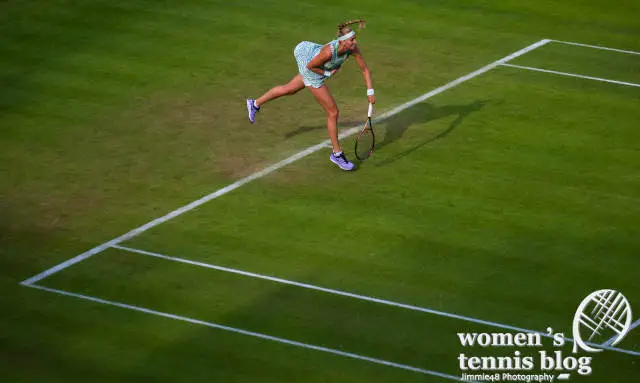
How to play on grass courts
Some players thrive in the fast-paced game and eagerly await the grass tournaments. Some struggle to transition from more stable surfaces, stumbling and sliding as they try to change direction. There are even those who choose to skip the grass season altogether, shifting their focus to the hard-court swing as soon as the clay season concludes. If you ever find yourself with the chance to play or compete on grass, it’s crucial to understand the specific skills required to outmatch your opponents.
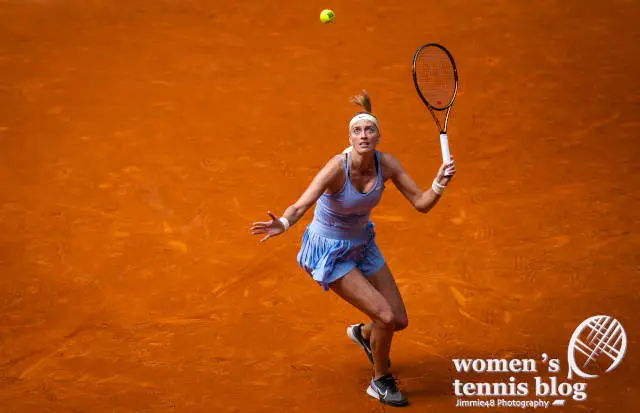
How to master the game against left-handed tennis players
Modifying your game to counter the unique playing style of left-handers requires careful consideration and skilful decision-making. Your training should prioritize slice serves, angled cross-court forehands and open stance backhands. Learn how and why to master these shots to effectively challenge left-handers. 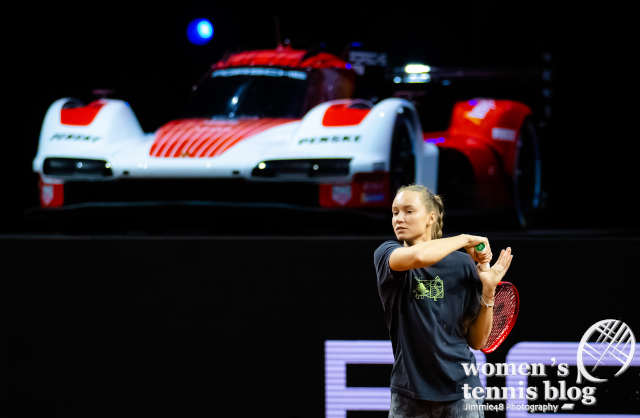
Mastering the mental game: Thriving under pressure in tennis
The pressure and stress in tennis can be more challenging than even the most formidable opponents or shots. This article explores the significance of managing stress in tennis and provide effective strategies to help players perform at their best under pressure.
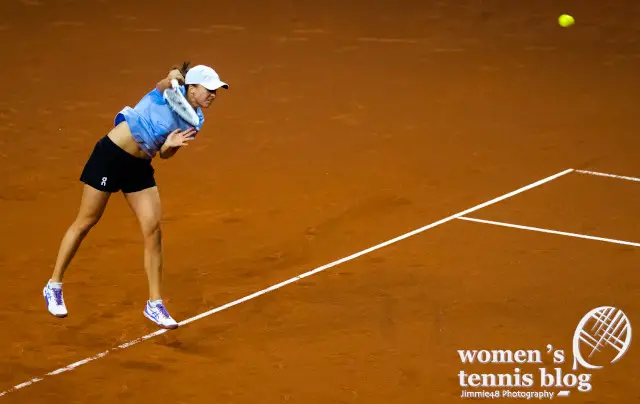
Mastering tennis on clay courts: Key priorities to ace your game on dirt.
The clay-court season requires players to adapt to a slower surface and longer rallies. The game is played outside during summer months so the temperature is always high and facing the sun is a part of clay court game. Additionally, there are marks that make it possible to check every ball so there is no sense to complain at umpire’s decisions. With all this in mind, coach Marcin Bieniek explains the key areas to work on and provides tips to help you become more effective on clay.
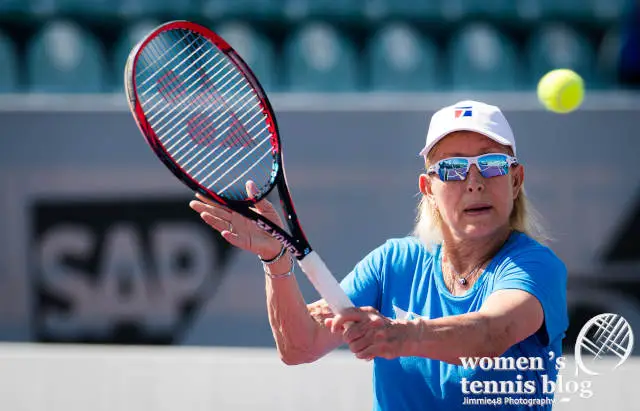
What age is too old to play tennis?
You shouldn’t look at your age as a limiting factor in your athletic career. Yes, there are some challenges and you have to adjust your habits, but there is still a lot you can achieve in tennis later in life. Here’s how you should approach your tennis regimen for a stronger game after the age of 30, 40, 50, or 60.
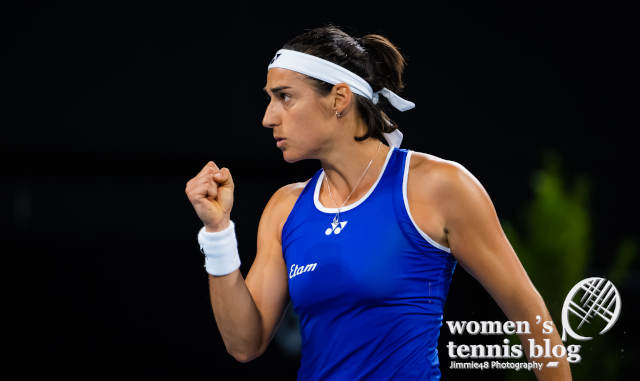
Is tennis more mental or physical?
Recreational tennis puts no pressure on players, but as soon as rivalry enters the game, mental aspects play a crucial role in competition. Coach Marcin Bieniek explains to what extent is professional tennis mental and physical sport.
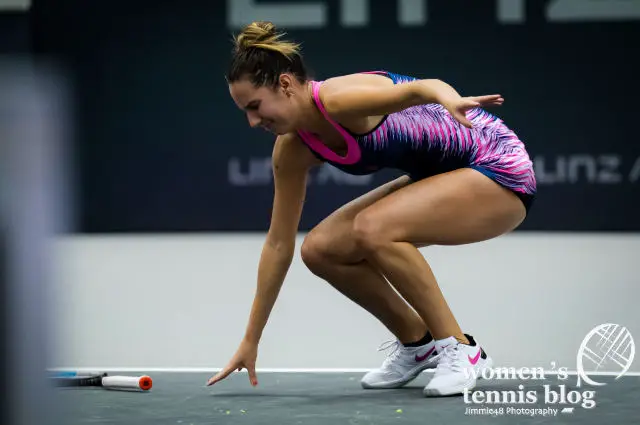
Is tennis hard on the body?
Athletes have to learn how to maintain an optimum amount of pressure to get the benefits without side effects. Serving for too long is a typical mistake that can lead to shoulder injuries, especially for pro players. Amateur players have problems with knees, because of inadequate volume and intensity of the sessions. They also suffer elbow pain when they are not focused on acquiring proper technical habits. To what extent is tennis a dangerous sport?
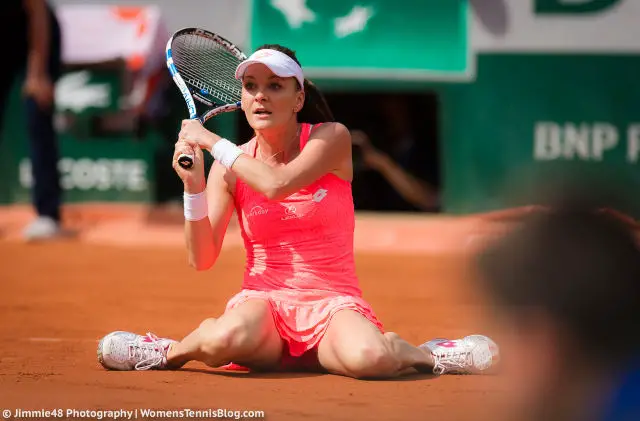
Half volley, a necessary tennis skill for fast court surfaces
One of the skills that is of utmost importance is to possess a half volley from the baseline. This shot is played many times while responding to a really hard ball or while receiving deep returns right after the serve. When a player doesn’t have time to move back, half volley is the best option to stay in point and to not give advantage to the rival.
How to become a professional tennis player?
It is not easy to go pro and it is even more difficult to get into the Top 100. However, there always has to be the next player who will join this group, so you should never doubt that you can be this next name. The process is long and complex, but knowing what to expect and focusing on daily requirements is a good start. Coach Marcin Bieniek divided his tips into two parts, so read both Part I and Part II to learn about the specific requirements at different stages of player development.
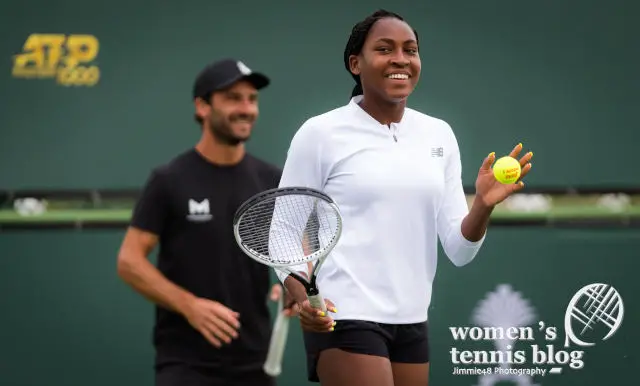
How to focus on long-term tennis goals in day-to-day practice
Tennis career can last 20, 30 or even more years, therefore, you should have long-term benefits in mind while performing day-to-day activities. Unfortunately, many players do the opposite, as they consciously (or unconsciously) incorporate actions based just on short-term benefits. Read the full article here.
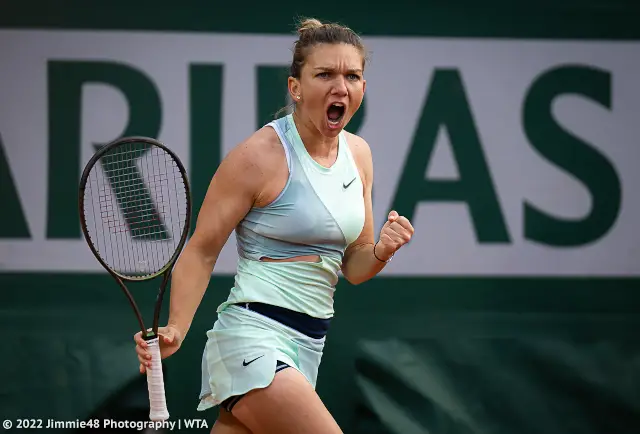
Mental solutions to use when losing a tennis match
We have to accept a bad situation when it happens to us, but at the same time, we have to be conscious of the mental steps that we can include to play better and increase our chances of winning. Until the last point is complete, a tennis match is not over. Here are things you can do to win a match that is practically lost.
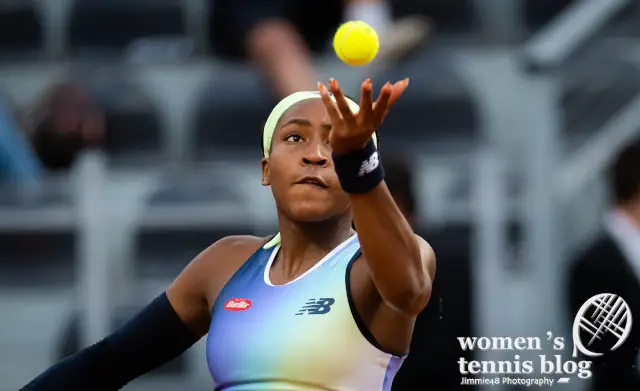
How to pick the right toss for your tennis serve
There are two schools of teaching the serve. One teaches that player should always toss the ball in the same place, so the opponent can’t guess the type of serve that the server will use. The other school teaches that small adjustments have to be made while choosing different types of serves to allow for better quality. I am a fan of the second approach and I would like to explain it to help you choose the toss that will give you the biggest benefits.
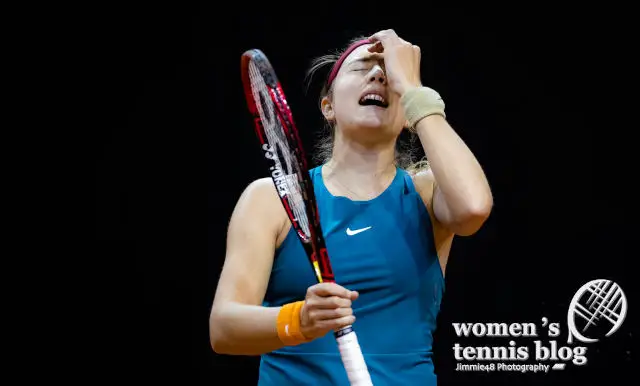
3 things to avoid after losing a tennis match
There is nothing wrong in losing a tennis match if we approach it properly. Players who don’t accept losing are not able to get to the highest level because their mind is occupied with unfavorable results for too long.
You should revise your actions after a lost match and if you are the one who applies the 3 things mentioned in this article, you will think and act as a professional player. Read the full article here.
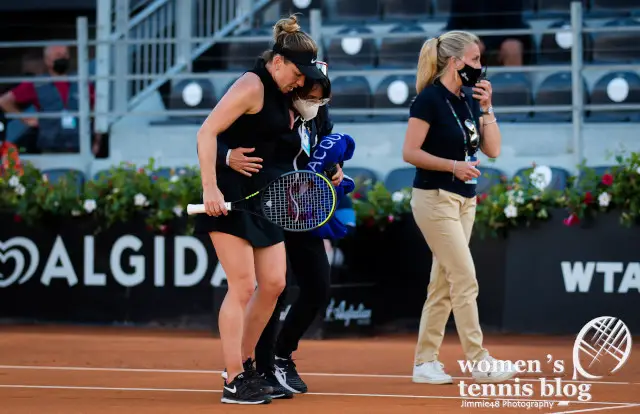
3 things you must learn to accept as a tennis player
In order to reach your best level in tennis, you have to learn to accept a lot of unpleasant experiences. In this article, coach Marcin Bieniek explains how you should focus on aspects that you can control, while learning to overcome inevitable unfortunate situations such as injuries, defeats, and superior opponents on the other side of the net. Read the full article here.
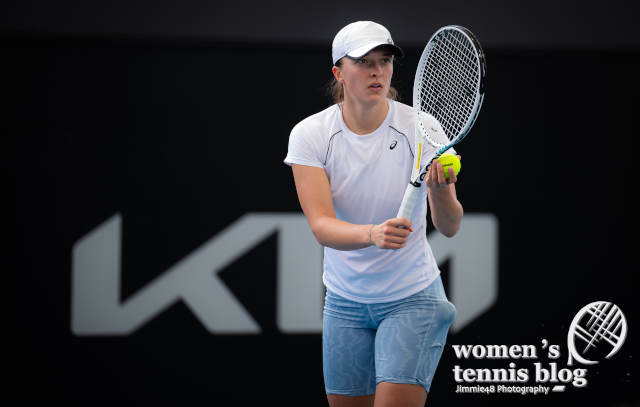
Training tips to get advantage over your rivals
When it gets hard, the practice starts! Play every ball with the purpose! Read the article for a full list of training tips you should incorporate in your practice routine in order to take your tennis to the next level.
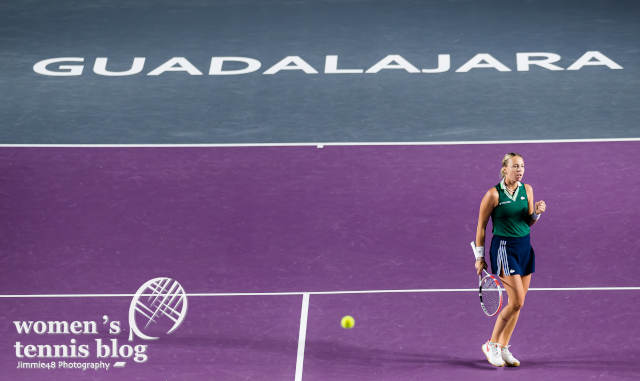
How to develop an effective approach shot
Coach Marcin Bieniek gives specific techniques to develop a world-class approach shot and explains why it is important to practice this stroke if you want to improve your tennis game. Read the full article here.
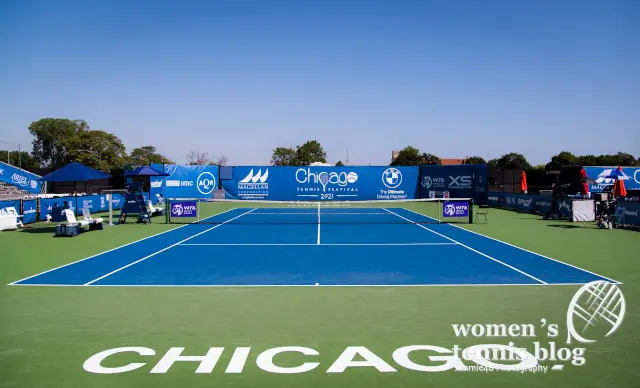
Hard court tennis: Why players have to master the hard surface.
In different countries, tournaments are played on various surfaces. However, when we take a look at the calendar of the ATP and WTA events, we can clearly see that most tournaments are played on hard courts, so players who can compete effectively on this surface are dominating the world rankings. Read the full article here.
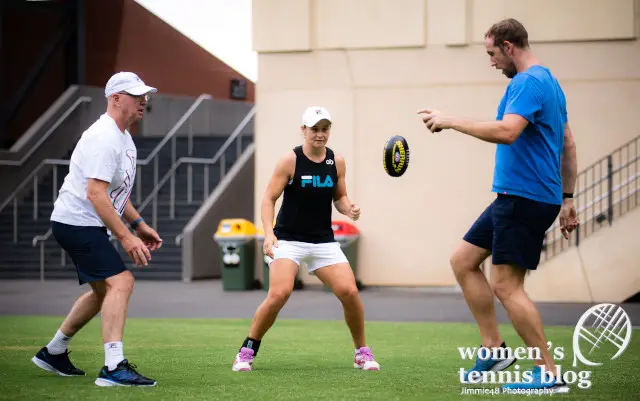
Tennis variety: Do you really need it? This will help you decide!
Focusing solely on power and speed can hamper your results and developing variety can vastly improve your performance. Read the full article here.
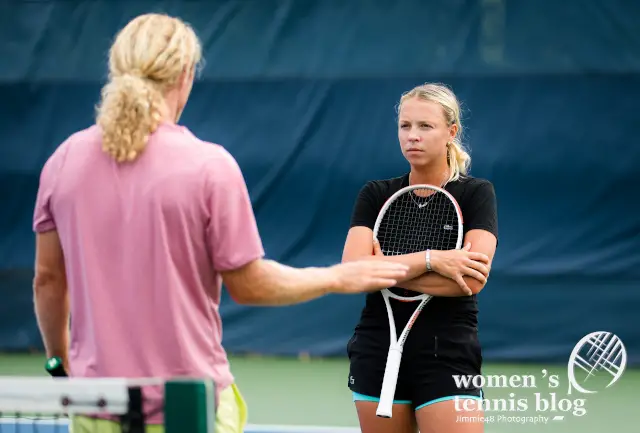
Step-by-step process to change bad habits in your tennis game
Read the full article to understand the importance of proper repetition that helps create good tennis habits and also learn the process of ditching bad habits that you’ve already formed.
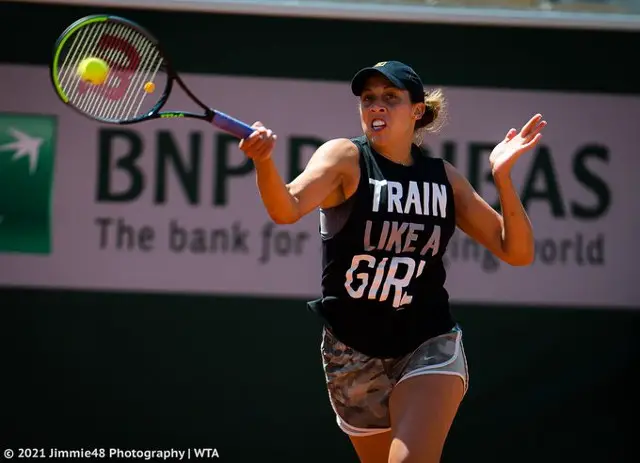
How to take the quality of your tennis sessions to the next level
Practice is necessary, but quality is always more important than quantity. Spending too much time on the court without proper attitude, goals and conscious actions is just a waste of your precious hours. Make sure that when you step on the court, you step into the world full of possibilities that you are aware of. Read the full article here.
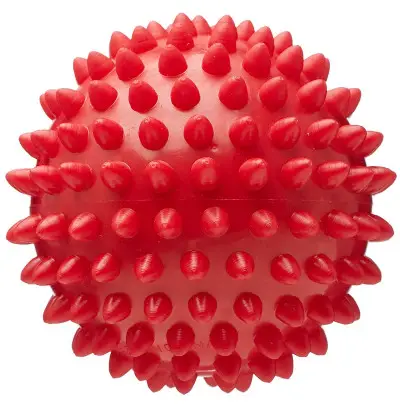
Best at-home massage tools for tennis players
Tennis players at all levels should approach taking care of their body as a priority. Only a combination of long-term hard work and conscious daily recovery will guarantee effectiveness and good sports results. Read the full article here.
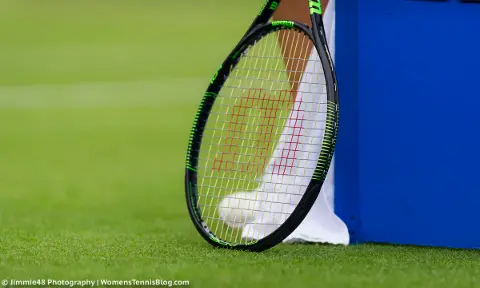
Top 3 tennis strings for beginners
A good tennis racquet is a necessity, but if you want to take your tennis to the next level you should pay just as much attention on tennis strings. Read the full article here.
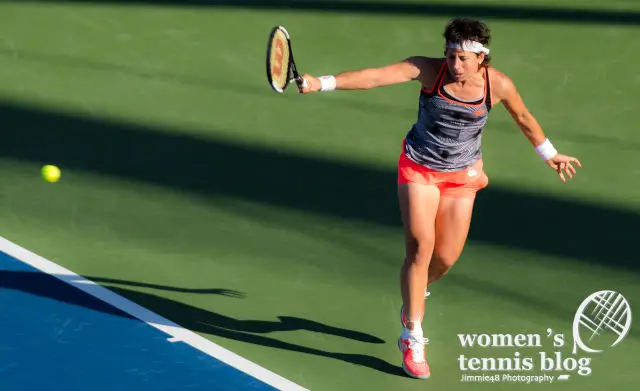
How to improve your backhand
When you ask tennis players about their strengths, most of the time they talk about forehand or serve. Rarely do they mention backhand. Does backhand always have to be inferior? Read the full article to learn what you can do to make backhand a powerful tool in your tennis game.
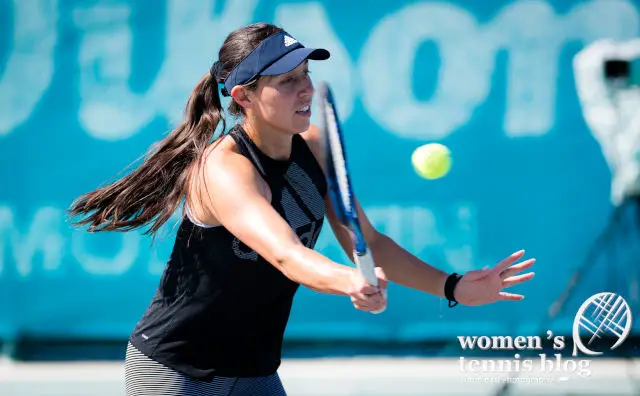
How to hit stop volley
In modern game there are generally more baseline points than rallies at the net. Players tend to hit powerful forehands and backhands and they are able to keep the ball close to the baseline, so it is more difficult to come to the net these days. However, when playing at lower level or while using every short ball as an opportunity to move forward, players can still get to the net and put pressure on the opponent with different types of volleys. Stop volley included. Read the full article here.
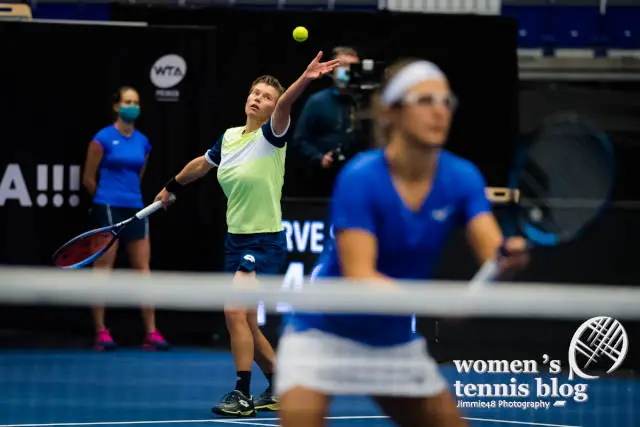
How to effectively return down the line in doubles
In doubles, a good cross-court return, especially into doubles alley, can give you tactical advantage, but a little mistake with control can result in the net player hitting an easy winner out of the air. Top doubles players understand this and that is why they don’t hesitate to hit the ball down the line even when the net player knows where they are going to hit. However, a down-the-line shot shouldn’t be predictable, because predictability gives comfort to the opponent. Read the full article here.
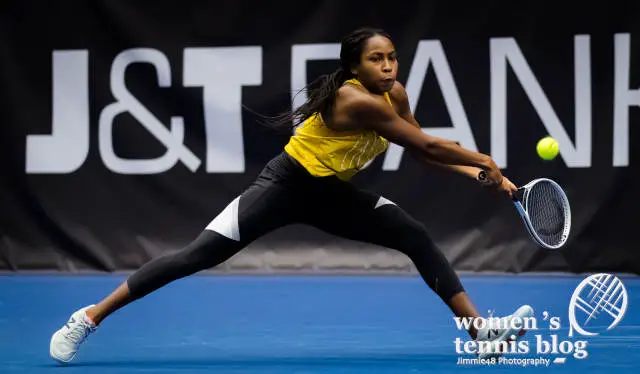
How to reduce net errors
When we take a closer look at all the points in a tennis match, we discover that players who make less errors tend to win matches. In tennis we have three major types of mistakes: we can hit the ball long, wide or into the net. Coach Marcin Bieniek discusses the shots that end up in the net and offers tips to help reduce their number. Read the full article here.
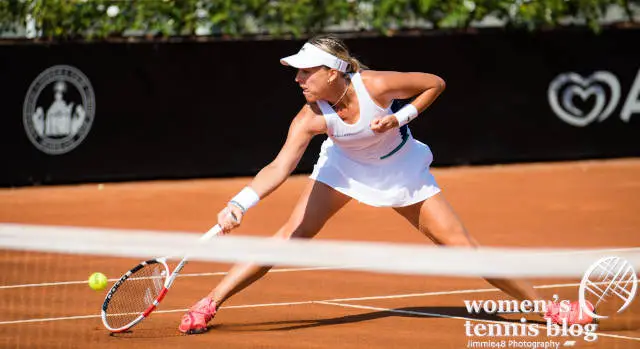
How to respond to drop shots
Read the full article to learn how to expand your tennis skills with proper responses to drop shots in today’s dominance of baseline game.
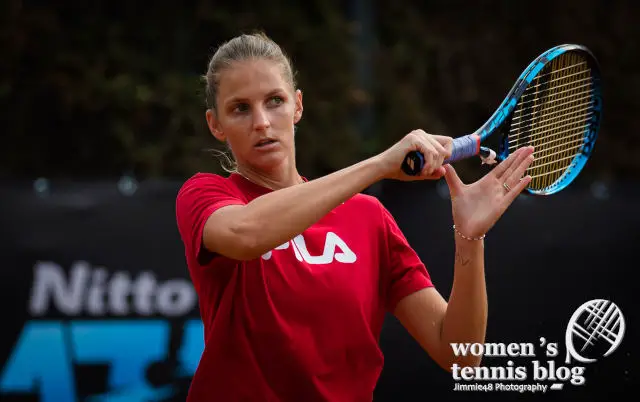
How to improve consistency to win tennis matches
Tennis players can use various strengths to dominate opponents: some opt for power to reduce their opponent’s time for reaction and base their strategy on fast-pace balls, while others focus on consistency to see how their opponent is dealing with repetitive balls. This article explains how to train and make more conscious decisions in order to use consistency in your favor.
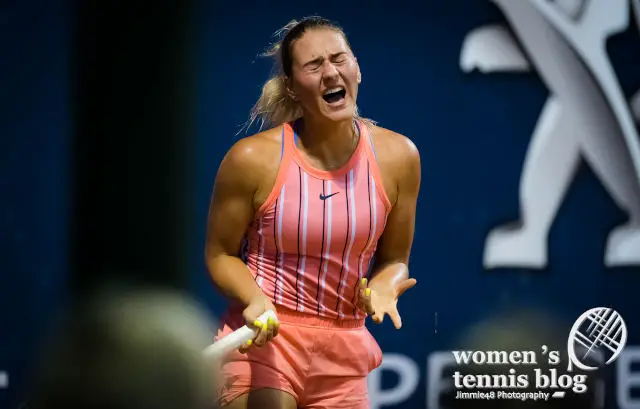
How to control emotions in tennis to win crucial points
The mental side has a big influence on tennis results. When we look at the top level, we can see that many players have the same technical or physical abilities, but only a few of them are able to constantly win matches. Does it happen only on the ATP and WTA tours? Not really. At all levels of play, having strong mental skills is a great advantage, so all players should strive to learn about them and do the work to possess them. Read the full article here.
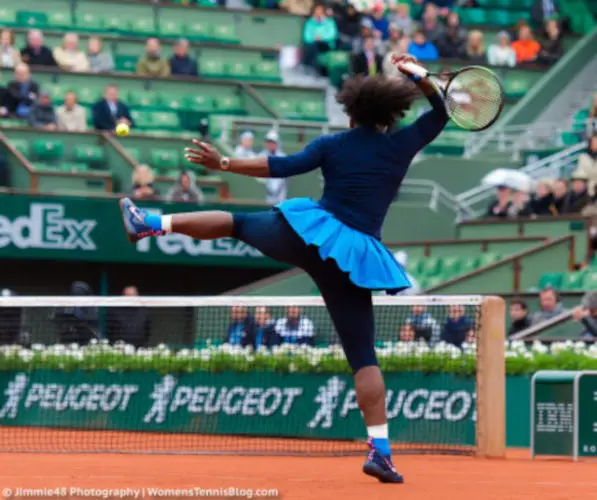
How to increase the quality of your attacking shot
Top players hit the ball with a really fast pace. From the baseline they try to use power to put more pressure on the opponent in order to achieve one of two things: to force the opponent to make mistakes or to receive an easy response. When the second scenario happens, pro players move inside the court and try to finish the point. Read the full article here.
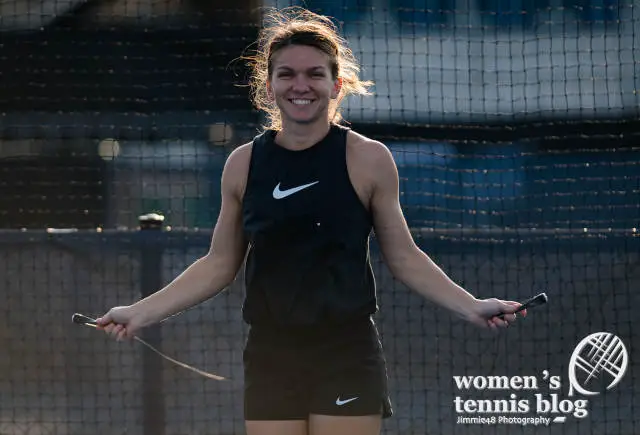
How poor physical shape limits your tennis and what you should do about it
This article explains just how important it is to be fit if you want to excel in tennis and points out the exact areas of the game that poor physical preparation affects the most.
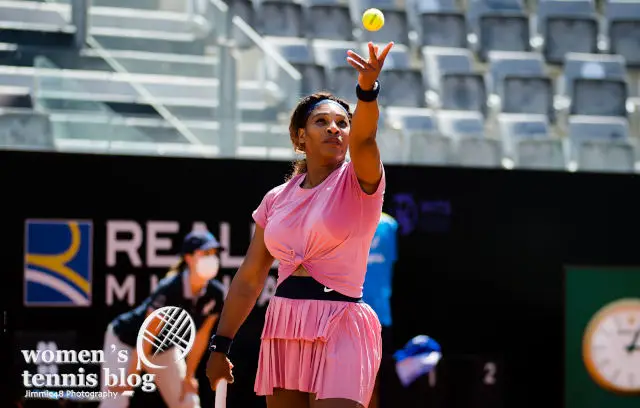
How to make your second serve consistent
This article explains the specific aspects of a second serve in tennis and how you can maximize your success rate when it comes to this shot.
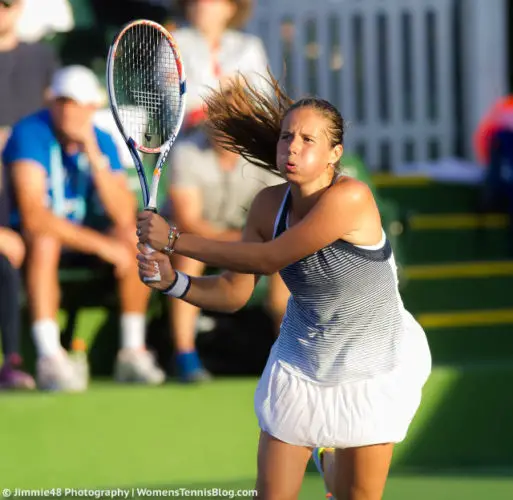
How to improve your tennis by breathing consciously
Coach Marcin Bieniek explains how specific breathing techniques can help improve your tennis performance. Read the full article here.
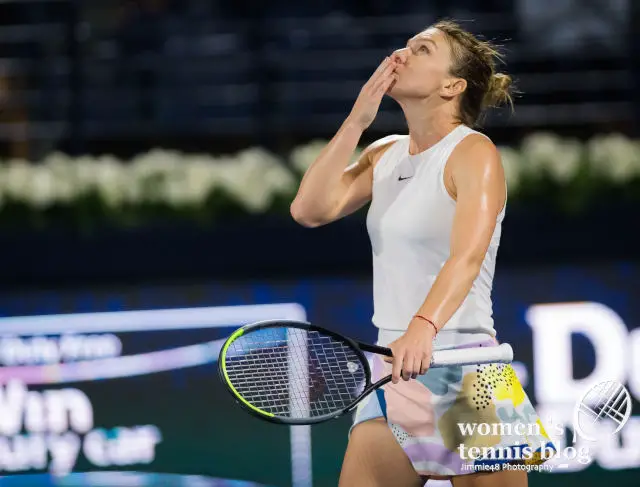
Fight for EVERY ball, your opponent is not a superhero, momentum and circumstances can change
This article explains why it is important to adopt the mentality of never surrendering in a tennis match and giving it all in absolutely every point. History of big tournaments shows that players who resist temptation to give up find a way to not only win a single match but also to clinch the title.
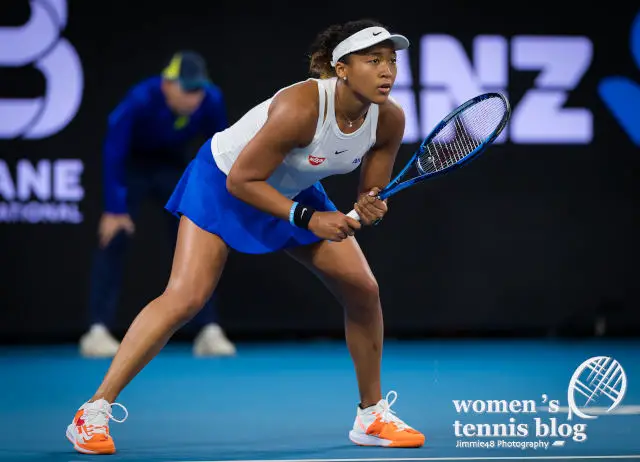
How to practice return shot with details in mind
At lower levels of performance, both servers and returners don’t have solid technical skills, so just putting the ball in the court can be a challenge. At higher levels of performance, players struggle a lot while returning, because power combined with pinpoint precision are deadly executed by servers. However, at all levels, you should never give up and focus just on your serving games, because breaking your opponent’s serve won’t only give you a better score, it will also have a big impact on your opponent’s mindset. Read the full article here.
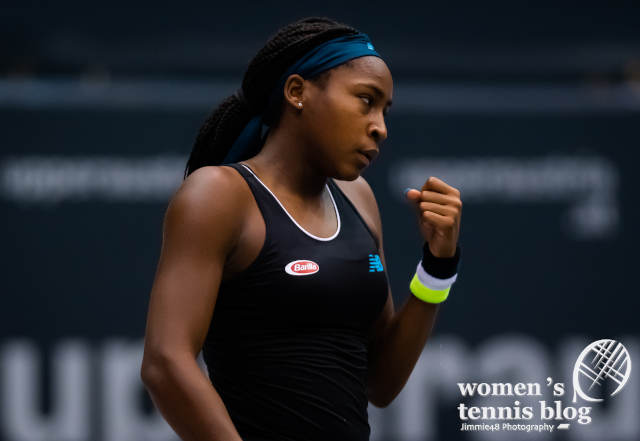
How to play tennis against a higher-ranked opponent
Tennis is a game of adaptation. Most athletes want to compete against lower-ranked players, but it doesn’t mean that it is impossible to beat a rival who has more points than we have. To do so, we have to be aware of some traps that occur before and during the match, as those can have significant influence on our performance. Read the full article here.
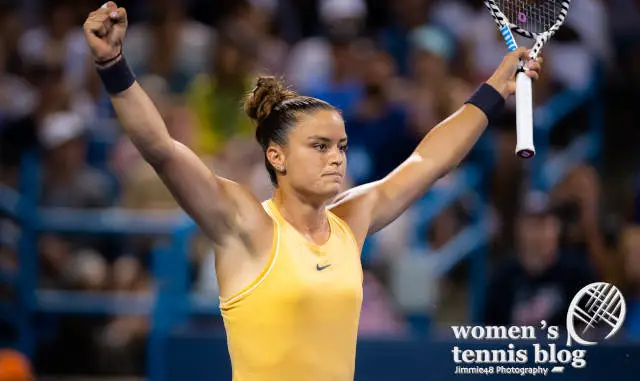
How to handle pressure and put pressure on your tennis opponent
We all know how difficult it is to deal with stress and at the same time perform your best. Pressure has negative impact on functioning of the body and mind, so that is why only really skilled athletes with good mental preparation are able to get on the court full of crowd and expectations and still deliver their best shots. Those who are not as skilled start to have stiff body, move slower and rush decisions. Additionally, they have low self-esteem and their reactions are many times based purely on emotions. All these factors prove that it is important to learn how to put pressure on opponents and to have abilities to deal with the stress that the rival or environment put on us. Read the full article here.
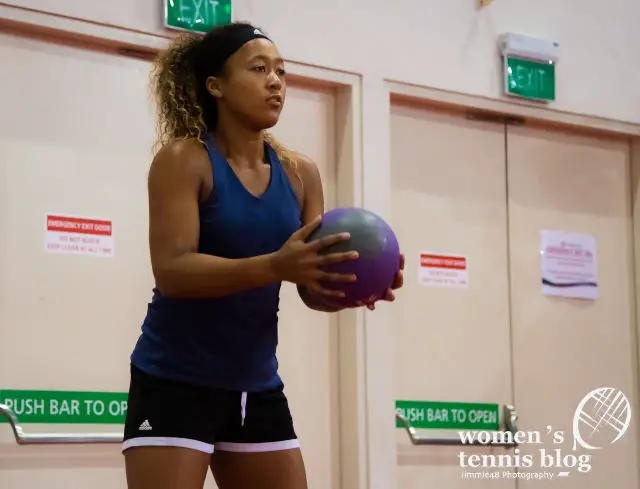
Professional approach to tennis warm-up
All tennis players know how important it is to warm up. Before we step on the court, we should do some physical and even mental exercises to prepare our body and mind for the upcoming challenge. Coach Marcin Bieniek explains why we should keep our warm-up flexible and make the most out of it in different circumstances. Read the full article here.
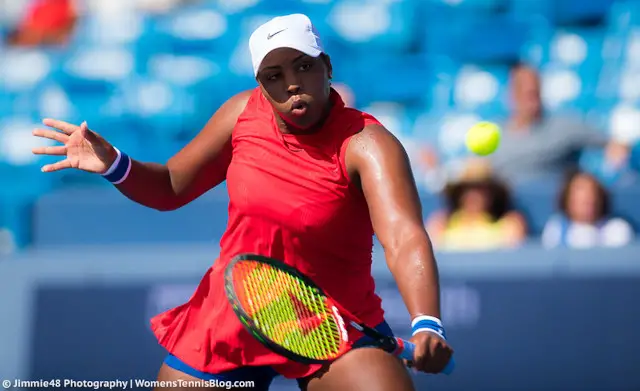
Priorities of successful passing shots
Nowadays, all levels of performance are focused mostly on baseline game. This is the primary goal of every training session, so it shouldn’t surprise anyone that players possess good technical level of forehands and backhands.
However, focusing on just one area of play creates deficiencies in other areas that opponents can use during regular match play. If an opponent discovers a tactical weakness in our game, we can be sure that they will use it to their advantage and look for every opportunity to put us in uncomfortable situation where we will be forced to use our weaknesses. One of these areas is passing shot. Read the full article here.
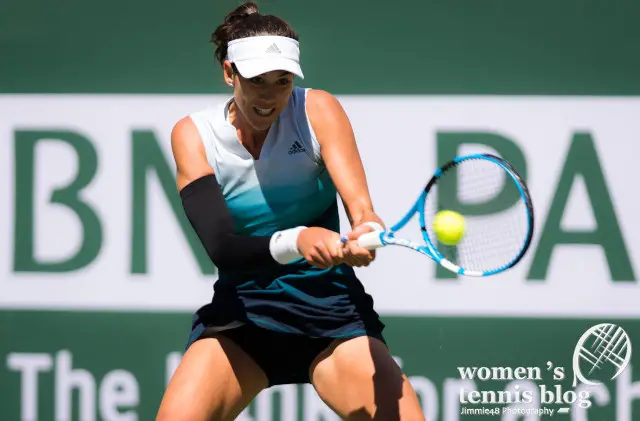
How to make your return effective
Every point in tennis starts with serve and return. It doesn’t matter at which level you play, it is guaranteed that the first two shots will always be the same. A lot of players practice serves in every training session, but this habit doesn’t apply to the return. If you want to be prepared for demands of competitive matches, you have to take care of your return. Read the full article here.
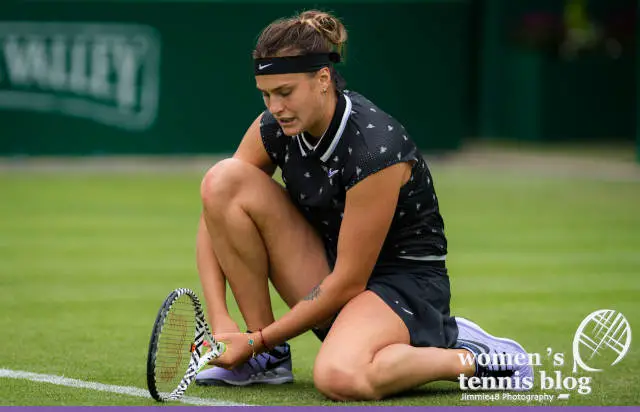
How to deal with a lost tennis match
Players can get frustrated when things are not going well, they can lose motivation to continue to work hard or they can reach the point where it seems impossible to beat even less advanced players. Loss is never a happy experience and if a player doesn’t know how to deal with it, it can be the beginning of a really sad journey. To make the best of your losses, use these tips from coach Marcin Bieniek.
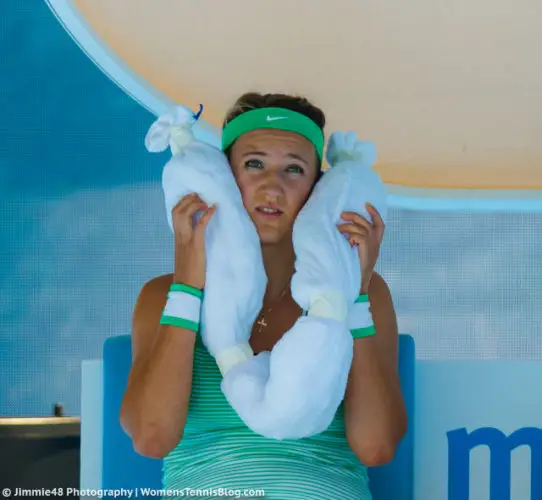
Tennis strategy to play well in hot environment
Playing tennis when others are looking for a shade to hide is something ambitious tennis players experience all the time. You can’t influence the weather, so you have to accept it. The best players in the world know what they can and what they can’t control and that is why they adapt really well to various challenges and use their knowledge and skills to deal with them effectively.
Sunny conditions put a lot of stress on technical, tactical, physical and mental side of players. If you are not aware of that or if you are not prepared for it, you can’t be successful during hot summer months. Read the full article here.
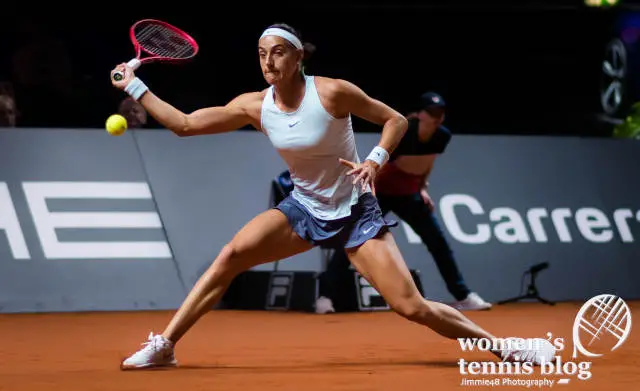
How to improve footwork in tennis, 3 crucial moves to practice
Tennis coach Marcin Bieniek explains the importance of good footwork and how proper movement connects many other tennis skills. There are 3 concrete moves that you can work on to gain advantage over our opponents: split step, sprint and deceleration, and crossover step. Read the full article here.
Transferring tennis practice performance to the tournament environment
When you put a lot of effort into your tennis career, it is normal that you expect good results. When players work hard and consistently lose in opening rounds, something has to be wrong. Learn the art of translating your successful practice sessions into match wins.
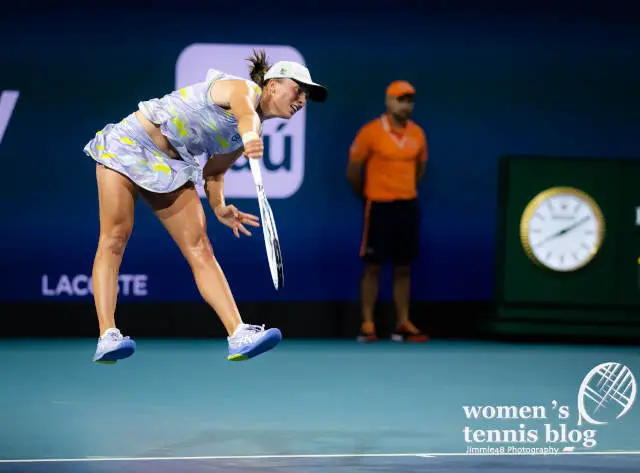
Hard court tennis tips, 4 skills you must work on
Learn the 4 crucial aspects you should work on to adapt your tennis to hard courts for the best possible results: strength, playing close to the baseline, serve and focus. Read the full article here.
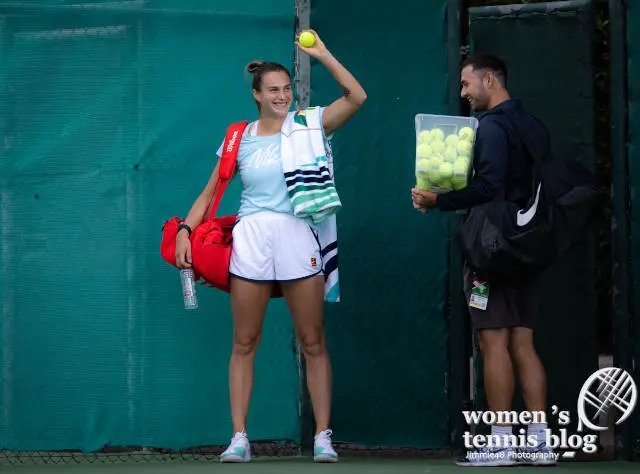
Self-rate your practice session
Some of us practice a few times a week, while others get on the court every day. Even though volume of our tennis activities is important, what’s even more important is the quality. That is why we should learn how to self-rate our practice sessions to make sure that we have made progress every time we leave the court. Here’s how to do it.
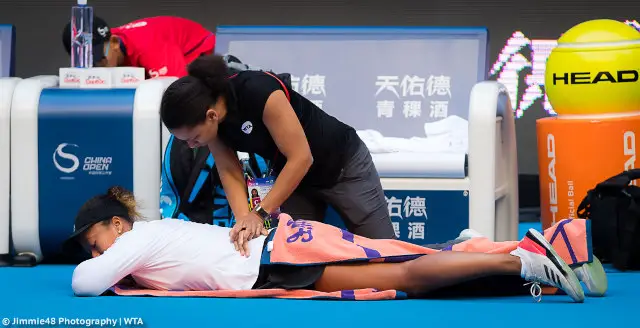
Recovery and healthcare techniques to improve your tennis
When we train hard, we have fun, we improve physical abilities and we get stronger mentally. On the other hand, many hours of physical activities put a lot of stress on the body, so players are prone to injuries. Moreover, it is impossible to train and play in the same manner at the age of 16 and when we are over 40 years old. That is why it is important to take care of your body by performing specific recovery techniques that will allow you to play tennis for many more years. Here’s what to do!
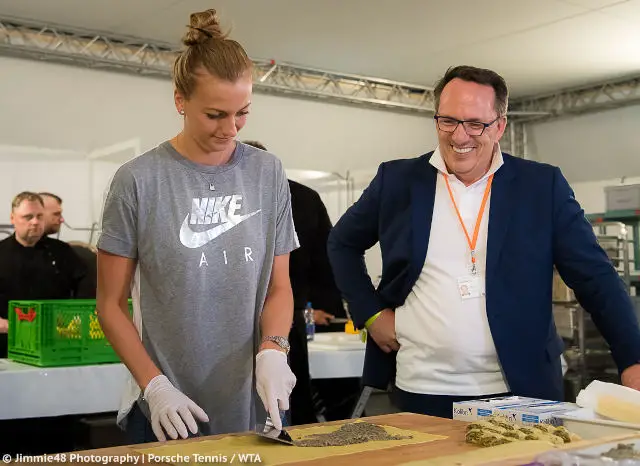
How nutrition affects our mental readiness in tennis
We all know that proper nutrition and hydration are vital for our physical health, but we rarely talk about how diet affects are mental performance. Tennis coach Marcin Bieniek discusses the importance of good eating and drinking habits in having a winning state of mind.
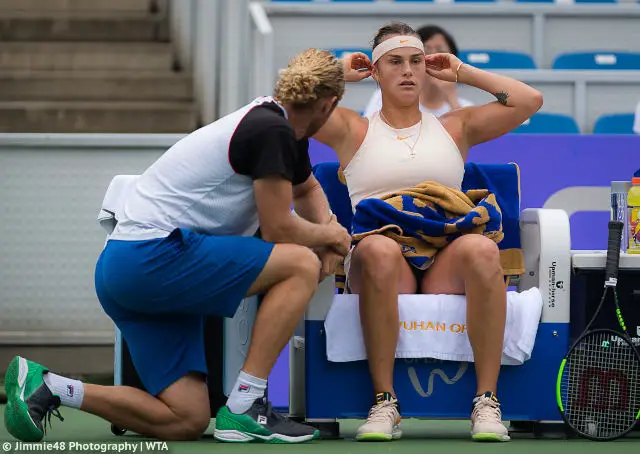
Do you need private tennis lessons?
Yes, you do! The only thing that you should consider is frequency. We know that one-on-one coaching is expensive and not everyone wants (or can) spend solid amount of money on tennis improvement, so that is why you should decide how often you want to work with coach. Here’s why you should start (or continue) your private lessons.
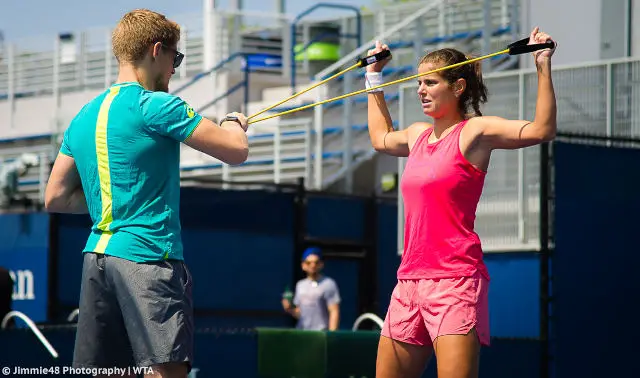
How to maximize quality of tennis training sessions
In tennis, we spend a lot of time training on courts or in the gym to get stronger and achieve better results, but many sessions don’t go as smoothly as we would expect. Why is that? Let’s discover the truth.
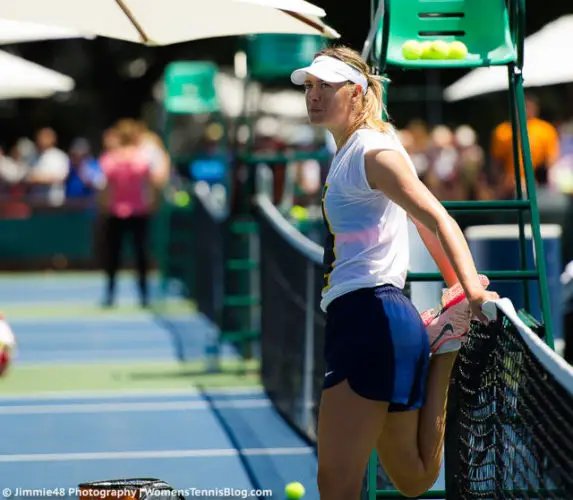
Post-practice routine for best tennis results
The more you practise, the better you will be. Players who spend a lot of time on the tennis court and in the gym have big chances to achieve high level of performance. Does it mean that you are free when the practice is over? Not really! There is still a lot to do to make you improve.
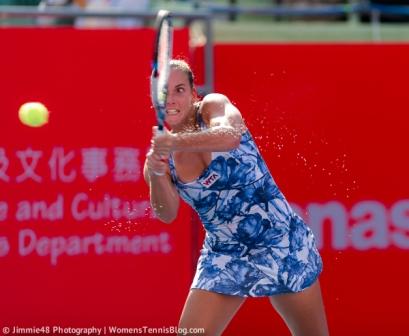
How to play tennis in the summer heat without getting exhausted
It is not surprising to see players having problems with movement and breathing after 45 minutes of tennis during summer season. Top players always show how important it is to prepare for long battles, so we should learn from them, incorporating additional steps into our weekly schedules to make sure that our game can grow even when it is over 30°C/86°F degrees outside. Read the full article here.
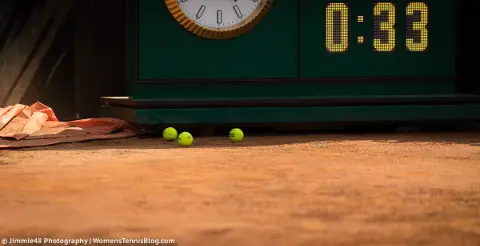
Reasons you absolutely have to play tennis on all surfaces
In order to progress, you have to get out of your comfort zone and practice tennis on different surfaces. There are technical, tactical, mental and physical benefits of not sticking only to your preferred surface.
3 simple products parents miss to buy to help their kids excel in tennis
There are three simple items that parents can buy to maximize the performance and help safeguard the health of their children during tennis lessons: water bottle, jump rope and reflex ball.
How to improve reaction skills in offensive, fast-paced tennis
Tennis is faster than ever before. With good reaction you have more time to prepare your shots, so you start to feel less pressure. The more time you have, the easier it is to execute your strategy successfully. That is why if you work on this aspect and develop this area to the highest possible level, you will immediately see positive change in your game. Here’s how to improve your reaction skills.
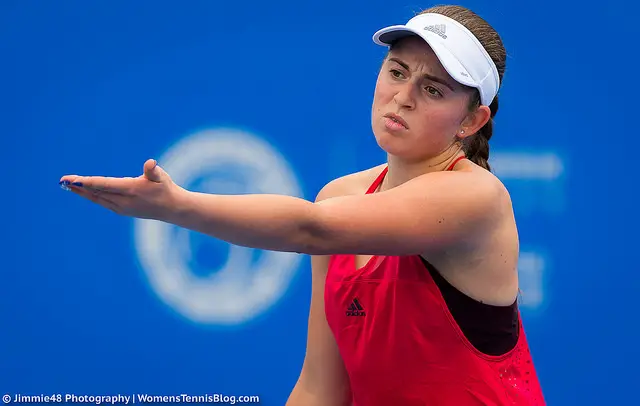
How to control anger and frustration to win tennis matches
Too many times athletes mistakenly think that because they train hard and play well during practice sessions it is guaranteed that they will show the same performance while competing in tournaments. The reality is that during training session you play without pressure, so there are not so many situations that you can get angry at. Completely different story happens when you try to beat your rival to advance to the next round of a tournament. The pressure is everywhere. That is why you need to possess ability to calm down and control your emotions.
3 areas that cost you too many points in tennis
Are you making too many errors? Have you ever thought about areas that you can improve to reduce them? What’s more important: reducing errors or increasing winners? It’s time to make you aware of this knowledge.
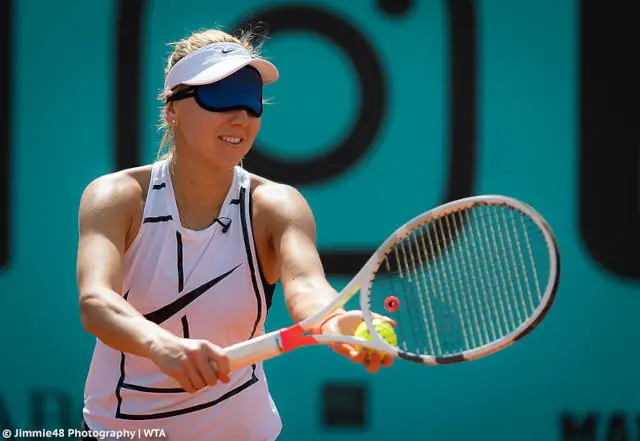
How to practice serve the right way
Serve is the area that is totally different than any other skill in tennis, as you have 100% control over your delivery. All players should focus on serve and make it as effective as possible. Here’s how to do it.
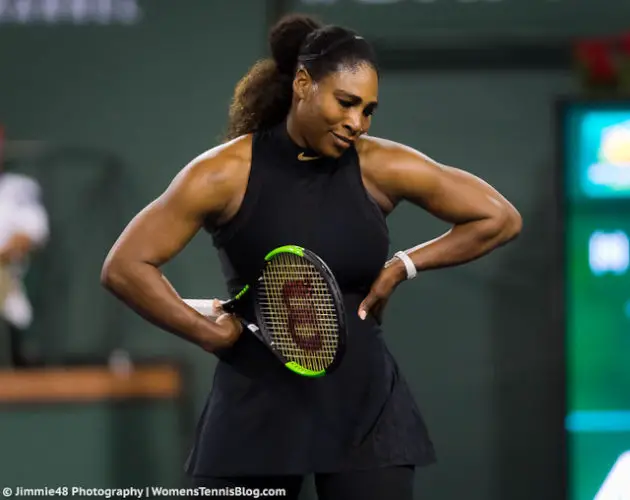
How to avoid mistakes in tennis
Ball into the net. Shot landing behind the baseline. Bad decision made at the end of deciding set. Tennis is full of errors – it doesn’t matter at which level we compete. Mistakes are present and we can’t avoid them. Should we leave them as they are? Definitely not. We can do a lot to make our game better.
Things to (not) do on vacation to improve your tennis game
There are ways you can constructively use your days off if you want to stay active throughout the year. However, it can also be beneficial to completely shut off on vacation.
How to translate your tennis practice into match wins
There are many players who stay on the court for 3-4 hours per day, but they can’t win a single match. Why is that? Do they need more time or should they change the coach? Each example is individual, but many athletes practice in the wrong way. Their drills and activities have nothing in common with the environment that they are going to meet during a tournament. Remember that the more similar exercises are to the match’s conditions, the easier it is to transfer and use these skills while being under pressure.
How to build team spirit in tennis
At all levels of performance, there are possibilities to take part in team versions of tennis, so all players should get knowledge on how to develop positive spirit between teammates. Many times what is going on between the players is more important than their pure tennis skills.
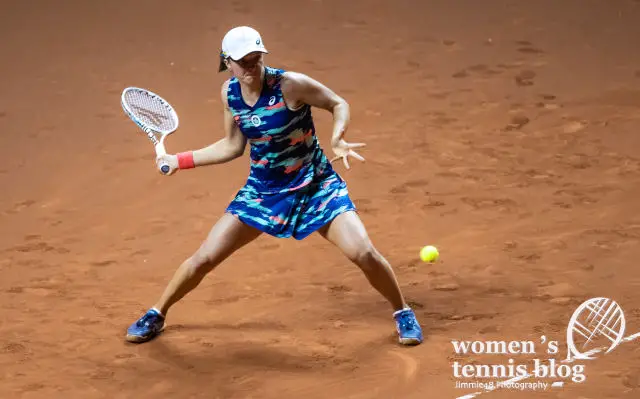
How to become a master of claycourt tennis
Clay is the slowest surface, so the RALLIES ARE MUCH LONGER. Long rallies mean that you need solid endurance, because without it you will start making decisions based on your fatigue level and not on your strategy. Read the full article here.
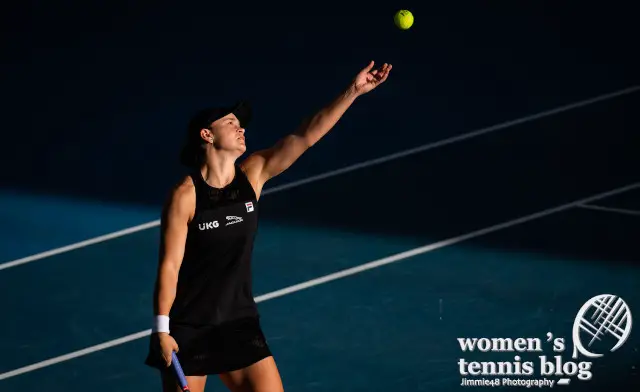
How to make your serve more effective
There is no doubt that serve is one of the most important strokes in tennis. If we look at the top level, many points are built on powerful and precise serves, so that the next winning shot is just a formality. The lower levels are not much different. The better the serve, the easier it is to win the point, so it is priority to work on serve and make this stroke a weapon.

How to choose the best tennis racquet to fit your level, playing style and body type
Technology development goes faster than ever and improvements are made to make specific equipment more comfortable and more effective for users. In that respect, is a new tennis racquet a remedy for your game? Yes, it can be, but only if you pick the right one!
How to handle playing tennis in sunny conditions and even take it to your advantage
If we think about the sun as an obstacle that is going to hurt our game, we are going to underperform. On the other hand, if we take the sun as a tool to win the game, we will make decisions to use these conditions in our favor.
5 portable fitness tools for serious tennis players
Here are 5 pieces of small and light equipment that you should use on a regular basis. The best thing is, you can use these products virtually anywhere, get your fitness routine to the next level and prevent injuries!
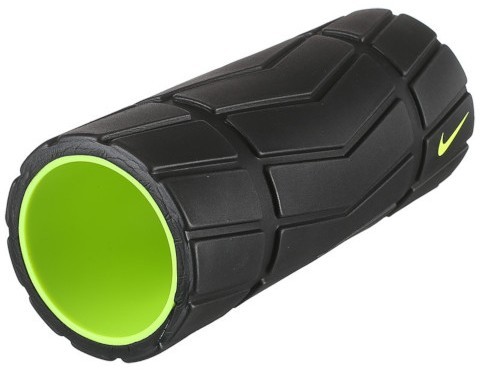
Best foam roller exercises for tennis players
By rolling your body, you improve soft tissue extensibility, which results in muscles being relaxed. It is another form of stretching that helps to keep your body strong and flexible, provides faster recovery and improves your on-court results. Check out the best foam roller exercises.
Doubles tennis strategies
- Top 3 unexpected rules of doubles tennis
- 3 ways to make your opponent miss in doubles
- Doubles tennis tips: How to finally beat the lobber
- The easiest way to improve your in-match doubles tennis strategy
- Doubles serving strategy: How to hold serve as a team
- How to practice for doubles tennis
- When to go for the KILL in doubles tennis
- Doubles tennis net play strategy: (Don’t) cover the alley!
- When to hit down the line in doubles


